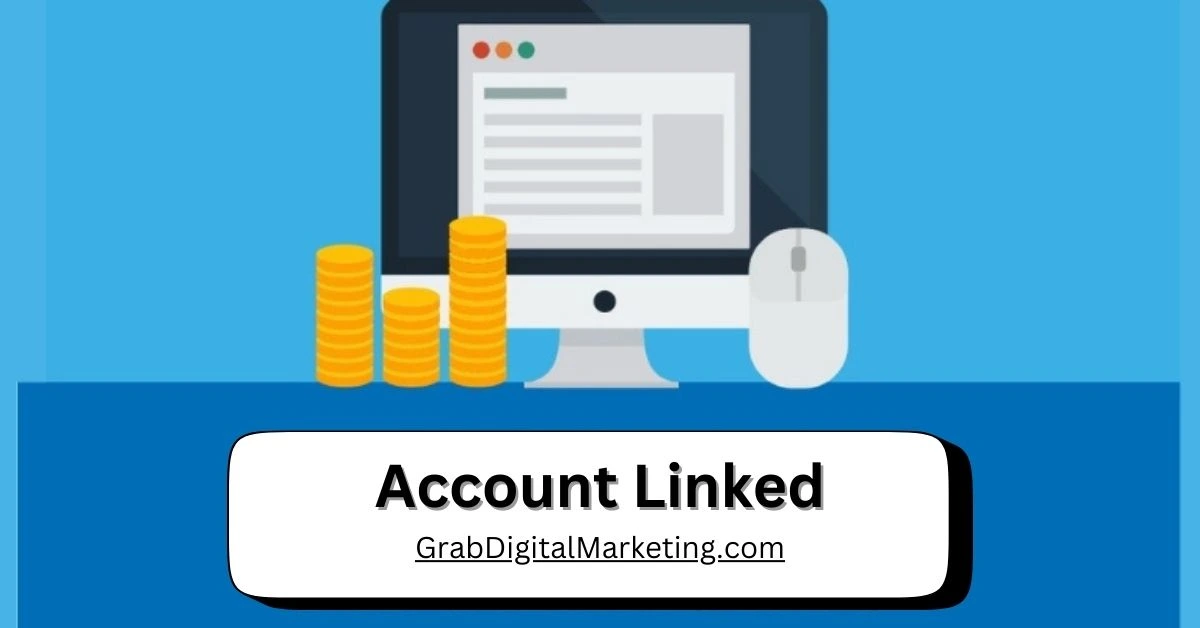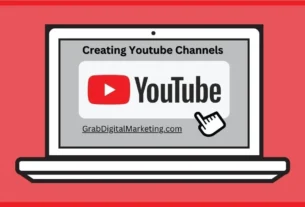Table of Contents
What is Account Linking?
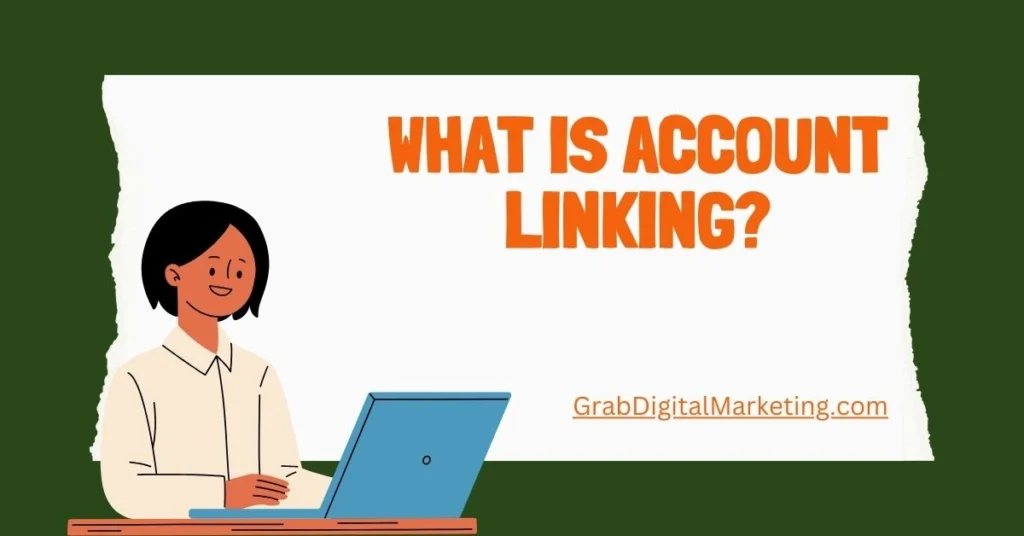
Account linking refers to the process of connecting one account to another, enabling seamless access or integration between them. This concept spans multiple industries and contexts. At its core, it facilitates the sharing of information or resources between different accounts or platforms, creating a unified and convenient user experience.
For example:
In banking, linking accounts across different banks allows users to transfer funds or view balances in one place.
In social media, linking accounts enables single sign-on (SSO) or shared content between platforms.
In e-commerce, account linking can tie loyalty programs to customer profiles for seamless rewards tracking.
Applications of Account Linking
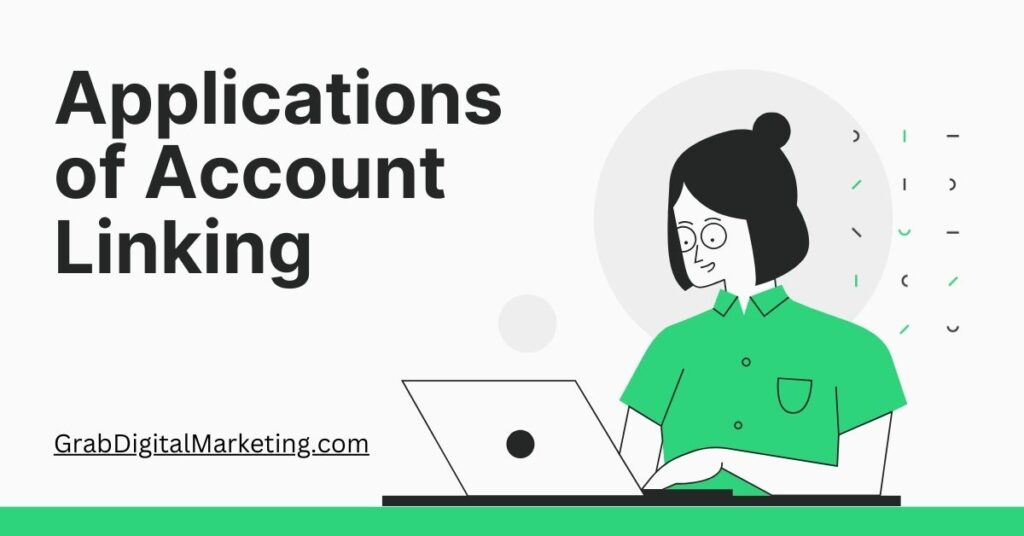
1. Banking and Finance
- In the financial world, account linking has revolutionized the way people manage their money. Examples include:
- Unified Account Views: Tools like Personal Finance Management (PFM) apps allow users to link multiple bank accounts for consolidated tracking of expenses and balances.
- UPI in India: Unified Payments Interface (UPI) links bank accounts with mobile payment apps for instant and seamless money transfers.
- International Transfers: Platforms like PayPal and TransferWise link bank accounts for cross-border transactions.
2. Social Media Integration
- Social media platforms frequently use account linking for convenience and connectivity:
- Single Sign-On (SSO): Users can log in to apps or websites using their Google, Facebook, or Apple accounts, streamlining registration and login processes.
- Cross-Platform Posting: Linking Instagram and Facebook accounts allows users to share posts across both platforms simultaneously.
- Data Portability: Account linking ensures data synchronization, like contact sharing between accounts.
3. E-Commerce
- Account linking transforms the online shopping experience by:
- Connecting Loyalty Programs: Customers can link store accounts to loyalty programs to track points and receive rewards.
- Payment Gateways: Linking accounts like PayPal or Google Pay to e-commerce platforms simplifies checkout processes.
- Subscription Services: Users can link streaming subscriptions to accounts for uninterrupted access.
4. Healthcare
- Account linking in healthcare ensures that:
- Electronic Health Records (EHRs): Patients can link medical records across hospitals for continuity of care.
- Fitness Apps and Wearables: Linking devices like Fitbits to healthcare apps provides a comprehensive view of health data.
5. Gaming
- In gaming, account linking enhances user experience by:
- Cross-Platform Play: Players can link accounts across consoles (e.g., PlayStation, Xbox) for synchronized achievements and progress.
- In-Game Purchases: Linking accounts to payment platforms facilitates one-click purchases.
Benefits of Account Linking
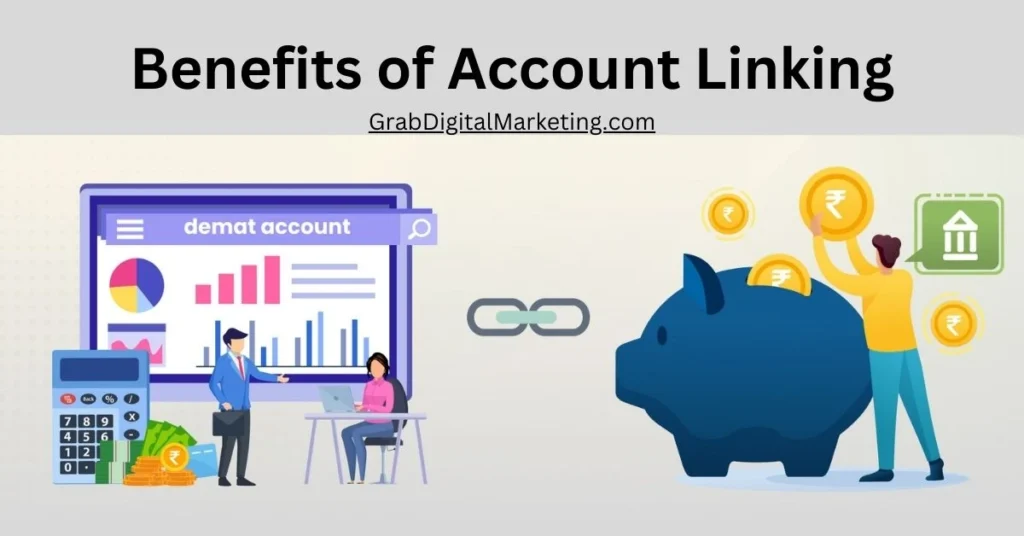
- Enhanced Convenience
- No need to remember multiple credentials.
- Unified access saves time and effort.
- Improved User Experience
- A seamless transition between platforms.
- Customization based on linked data.
- Centralized Data Management
- Better insights with consolidated data.
- Simplified monitoring and tracking.
- Increased Security
- Reduced risk with trusted third-party integrations.
- Features like two-factor authentication enhance safety.
- Cost Efficiency
- Businesses save on operational costs by automating processes.
Challenges of Account Linking
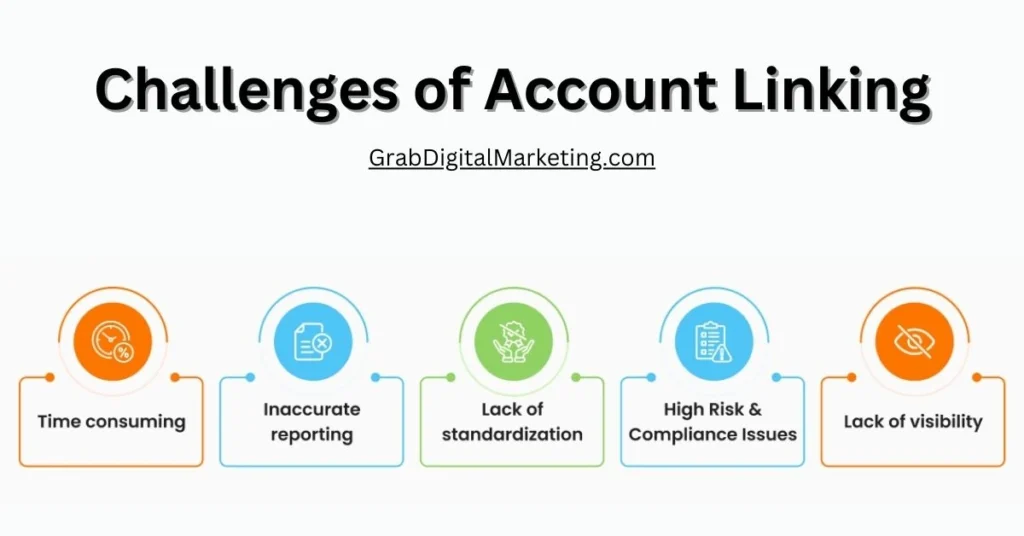
While account linking offers immense benefits, it comes with challenges that cannot be ignored.
1 Privacy Concerns
Users may worry about data sharing and potential misuse.
Regulations like GDPR require strict compliance in data handling.
2 Security Risks
Breaches in linked accounts can have cascading effects.
Phishing attacks target single sign-on mechanisms.
3 Technical Compatibility
Integration issues between platforms may hinder smooth linking.
Legacy systems may not support modern APIs.
4 Loss of Autonomy
Users may feel locked into ecosystems, limiting flexibility.
Terminating one account may disrupt connected services.
5 Dependency on Third Parties
Reliance on external platforms (e.g., Google, Facebook) introduces vulnerabilities.
The Future of Account Linking
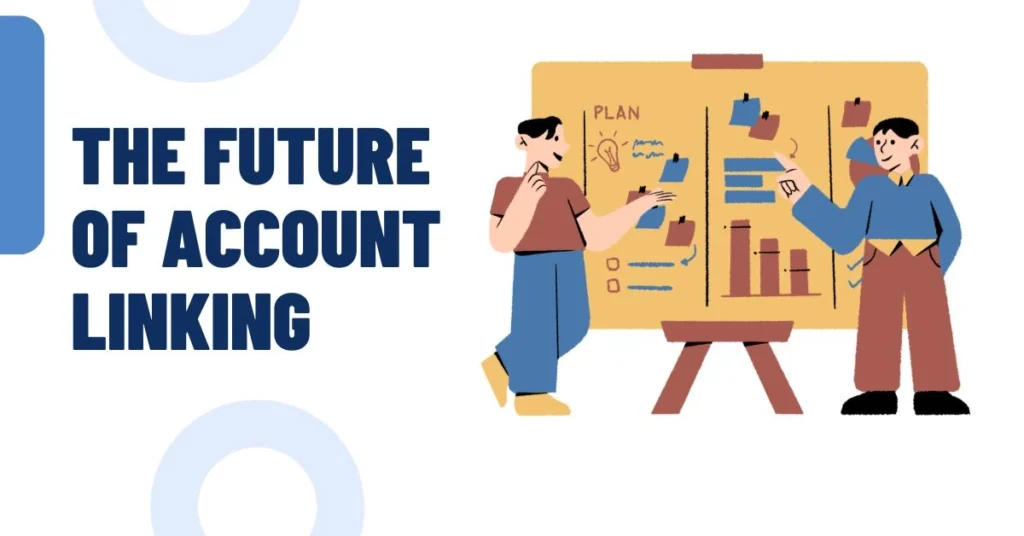
As technology evolves, account linking is poised to become even more sophisticated and integrated into our lives:
- Artificial Intelligence (AI)
- AI will make account linking smarter, enabling predictive personalization and tailored recommendations.
- Blockchain Technology
- Decentralized systems will enhance security and transparency in account linking.
- Biometric Authentication
- Features like facial recognition or fingerprint scanning will replace passwords for linking accounts.
- Internet of Things (IoT)
- Smart devices will link accounts for automated processes, like adjusting home settings based on preferences.
- Global Standardization
- Unified frameworks and regulations will address compatibility and privacy concerns.
Conclusion
Account linking is more than just a technical convenience—it’s a fundamental aspect of the modern digital ecosystem. From enabling seamless financial transactions to creating integrated social media experiences, its applications are vast and transformative. While challenges like privacy and security require vigilance, the benefits far outweigh the drawbacks. As technology progresses, account linking will continue to innovate and shape the way we connect and interact in a digital-first world.

